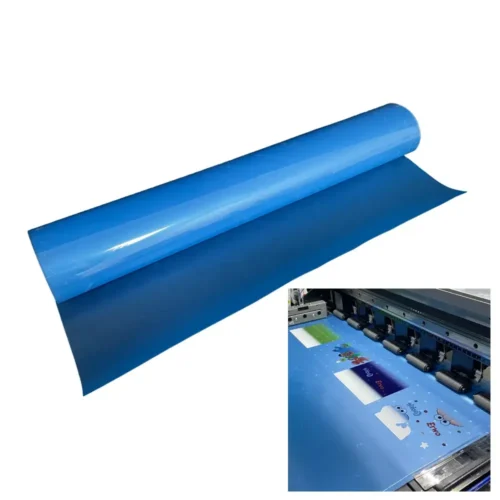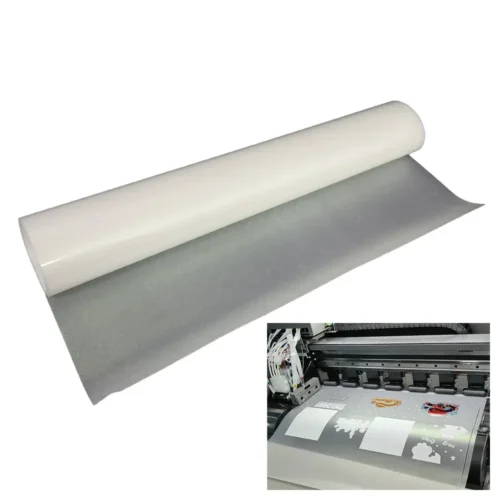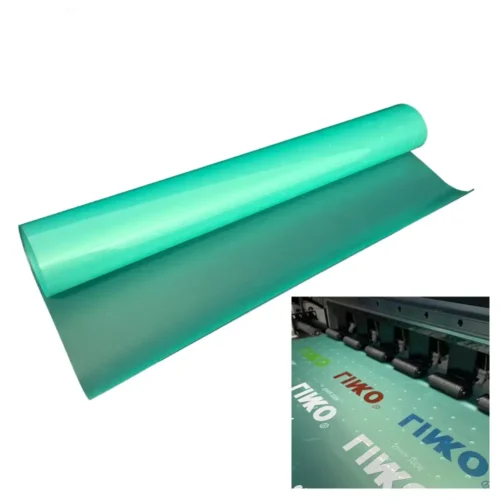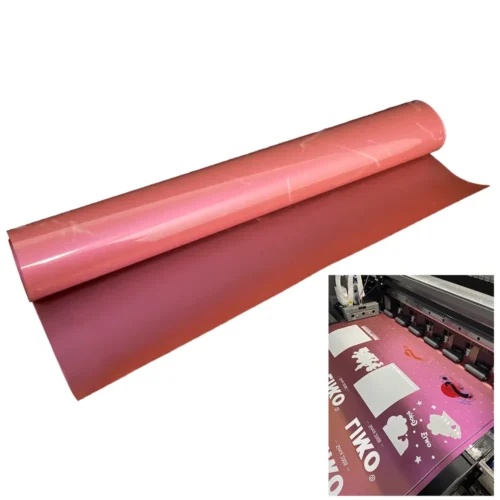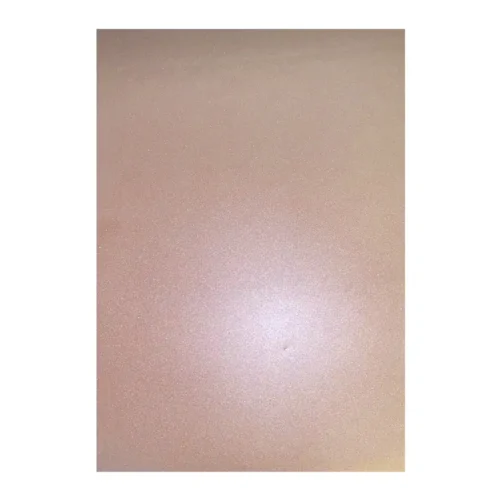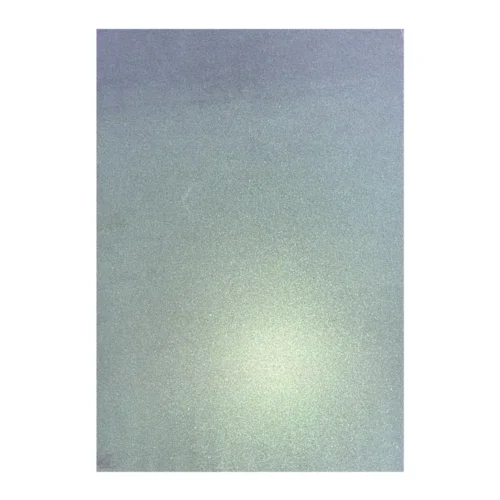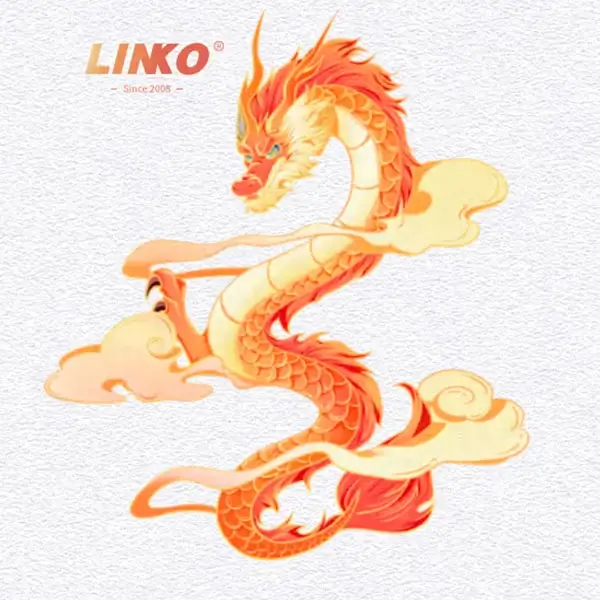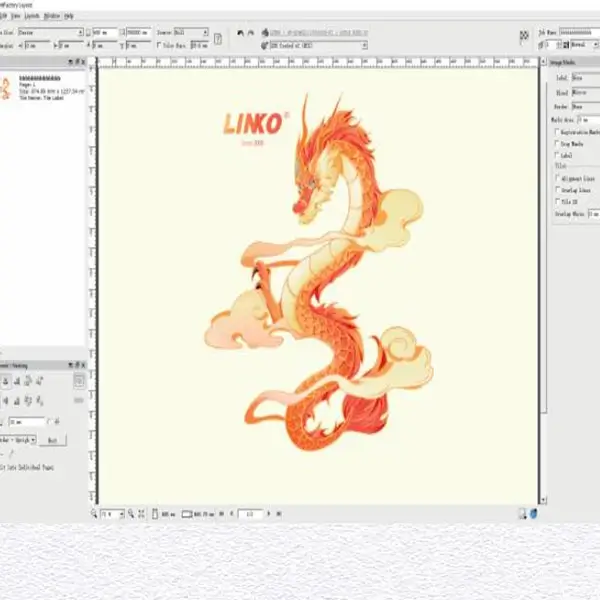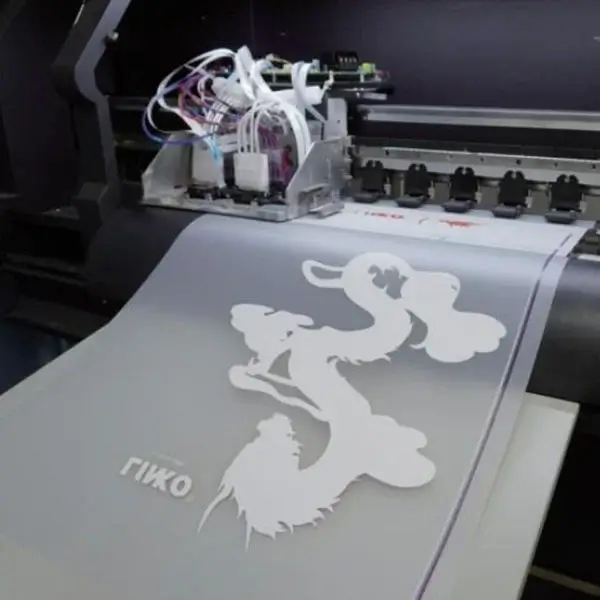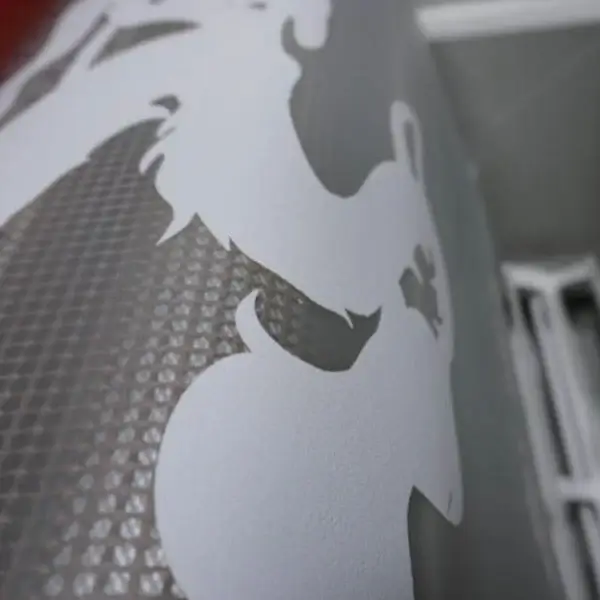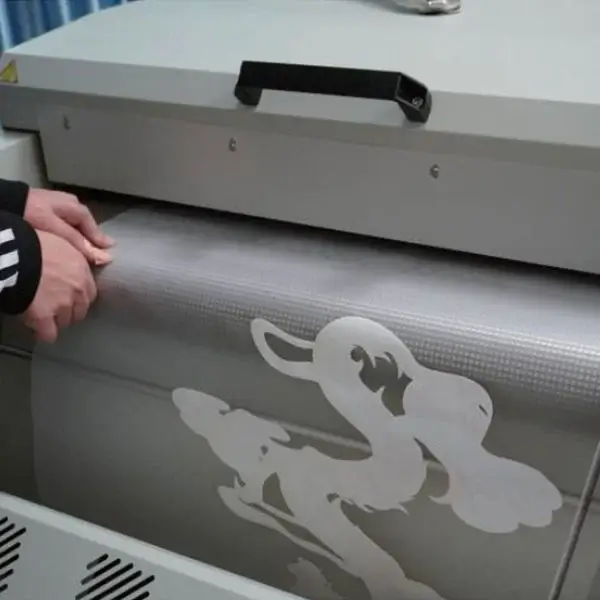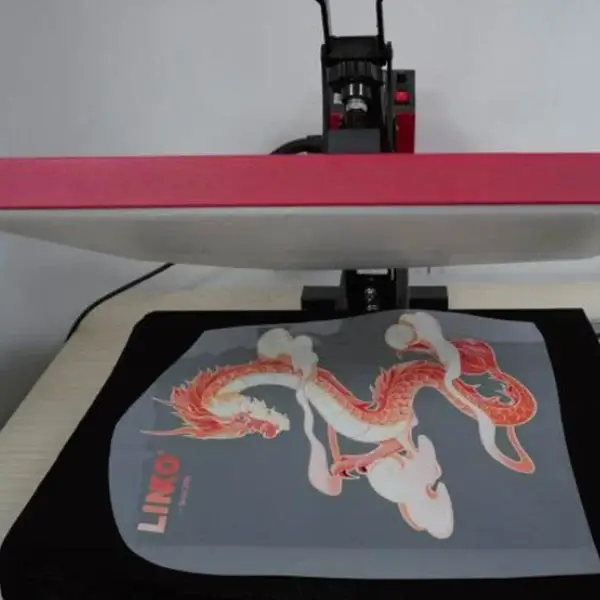DTF Film | DTF Transfer Sheets | DTF Transfer Paper
China’s top-quality DTF transfer film is available at the lowest price.
Welcome to LINKO’s DTF Film catalog, your go-to resource for DTF printer supplies.
Our DTF transfer film can be peeled off hot or cold. Our goal is to clear up any confusion and help you make smart decisions for your DTF printing needs.
Background and Importance of DTF Film
DTF Film is a key player in DTF (Direct-to-Film) printing solutions. It stands out for its superb smoothness, clearness, and how well it works with DTF printers.
It's not just great for producing high-quality images; it's also vital for being eco-friendly and sustainable.
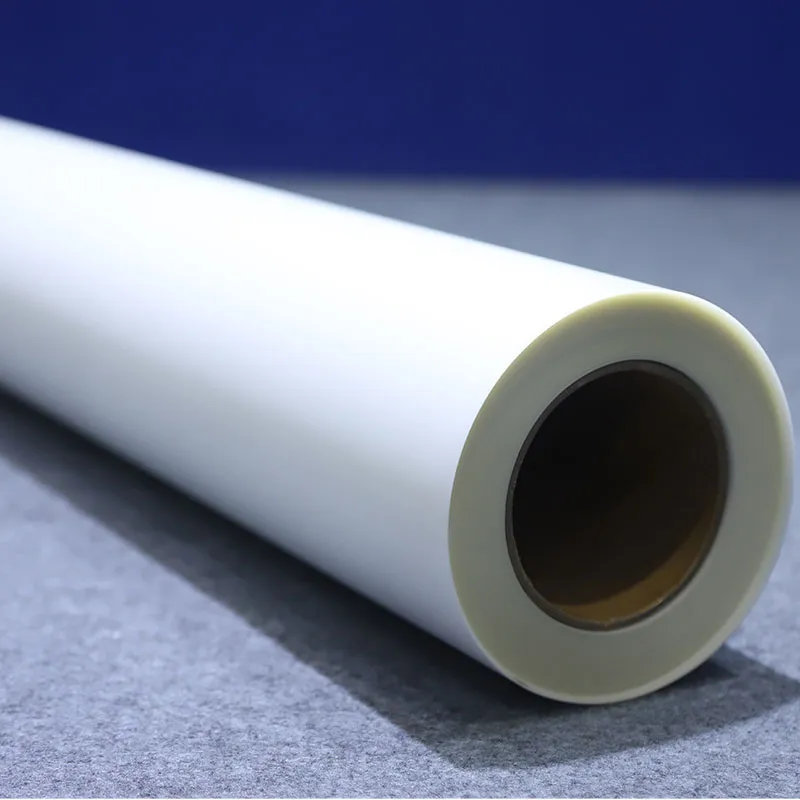
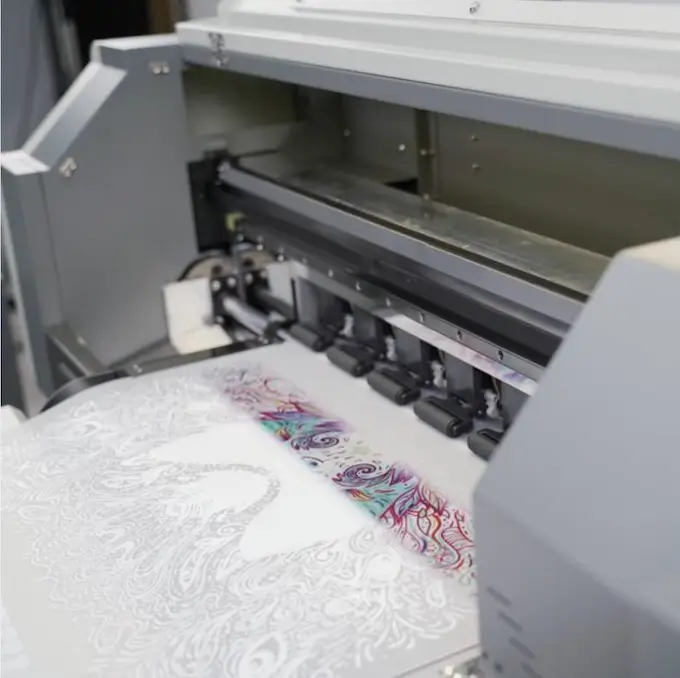
What is DTF Film?
DTF Film is a special material made of PET film used for digital textile printing.
It is a key consumable for DTF (Direct-to-Film) printers. LINKO DTF Film prints the image onto the film. Then, it transfers the image to the fabric through heat pressing. This method gives high-quality, high-resolution prints.
This material is great for making top-notch prints. You can put them on various items, like T-shirts, hats, bags, and more. DTF Film is a major player in the world of digital textile printing.
LINKO DTF Film Manufacturer: Provide Best DTF Transfer Film
- At LINKO, our supply chain is equipped with advanced machines and strict quality control systems. They ensure that every layer of coating is uniform and consistent.
- We use precise monitoring tools to check the coatings' thickness, density, and evenness. These tools allow us to control each step of production accurately.
- This meticulous process ensures that DTF transfer film stands out for its clear images and rich color saturation. This makes it a top pick for DTF printing in the market.
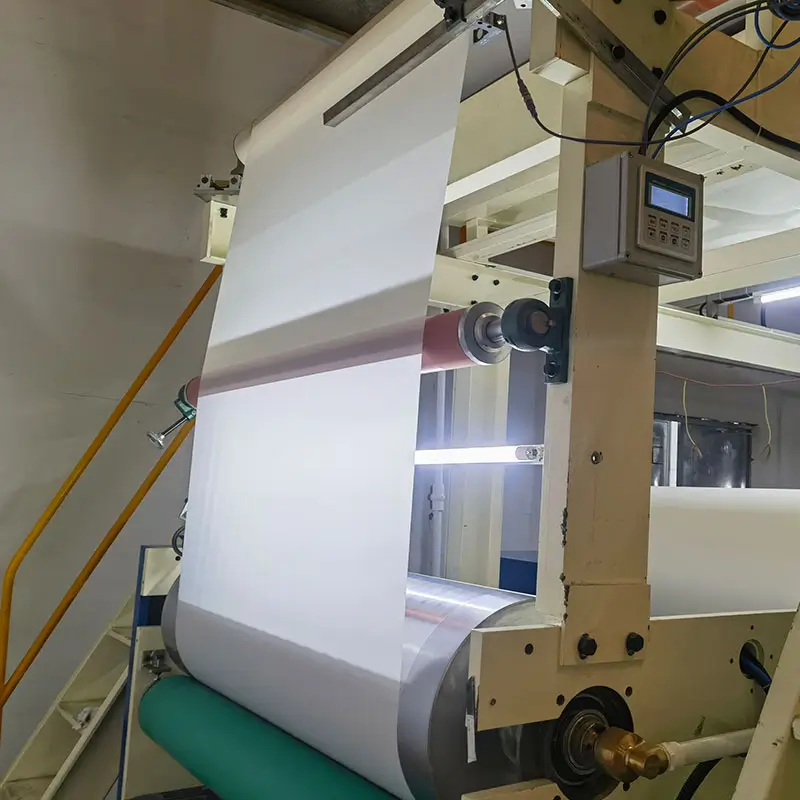
What Does Linko Offer?
LINKO provides detailed product specification sheets, including thickness, width, length, packaging, etc., to help customers choose the right specifications.
Pieces of DTF Film

Rolls of DTF Film (Regular)
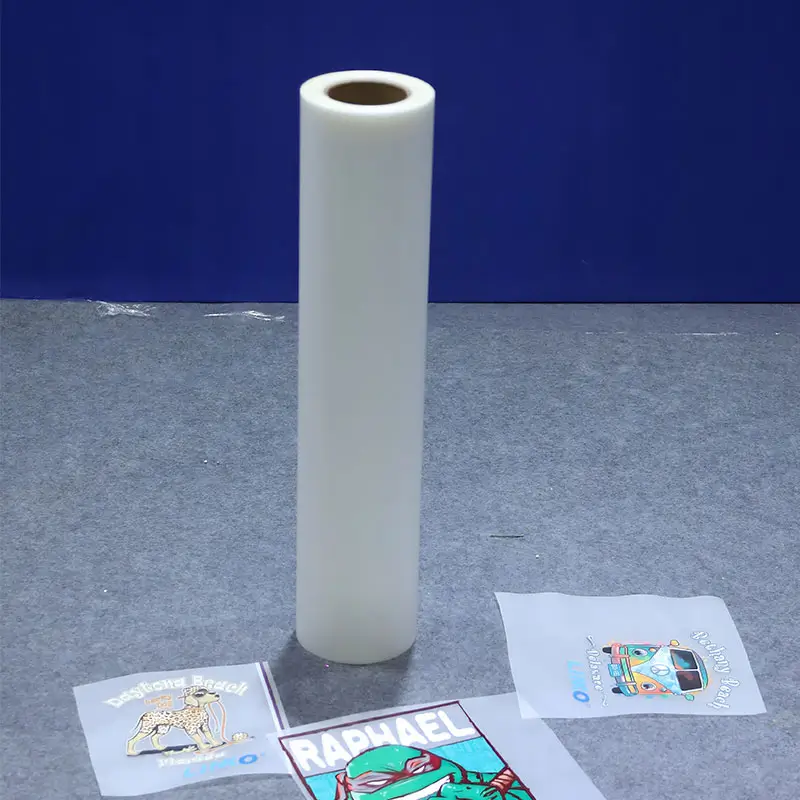
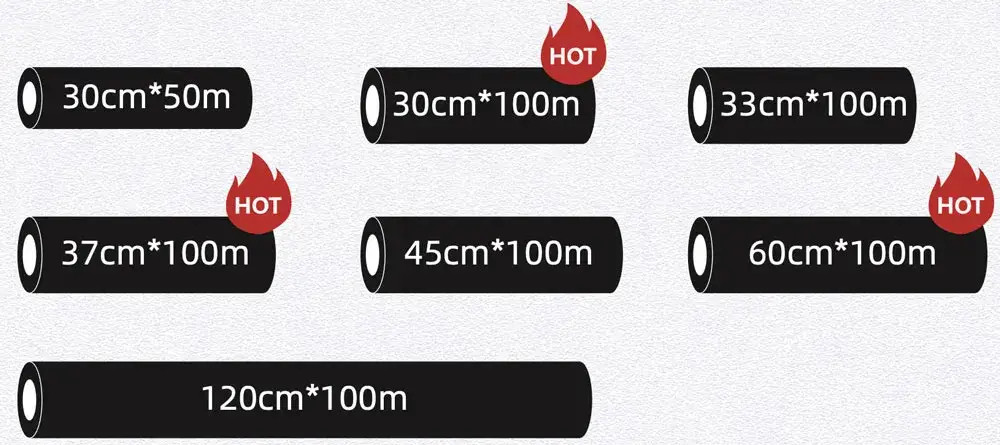

Rolls of DTF Film (Custom)
| 20cm*100m |
| 34cm*100m |
| 35cm*100m |
| 40cm*100m |
| 42cm*100m |
| 60cm*100m |
| 63cm*100m |
| 80cm*100m |
Support |
Thickness(75um):
|
Characteristics:
|
|
Storage proposal |
Storage conditions:
|
| Quality Assurance: 1-year warranty before opening |
The Manufacturing Method and Main Characteristics of DTF Film
LINKO has carefully crafted our production processes because we know how important DTF Film is in DTF printing.
We chose a 75um film as our base and used cutting-edge roller coating technology to apply key layers to the DTF film evenly.
These include an antistatic layer, a release layer, and an ink-absorbing layer. Each layer is strategically added to boost the performance and print quality of our final product.
Let's dive into what each of these layers does:
The Antistatic Layer:
This layer stops static electricity from building up, keeping the printing process smooth and steady.
LINKO uses a special material filled with ion-conducting substances for this purpose.
Before adding this layer, we ensure the DTF transfer film is totally clean and dust-free.
Then, we evenly apply the antistatic layer using a machine. After application, it's dried to solidify.
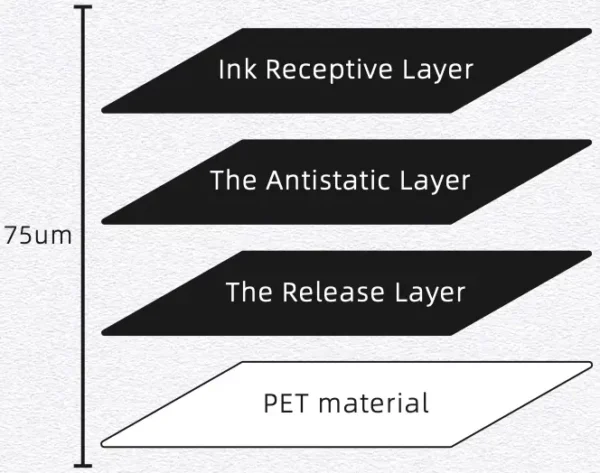
The Release Layer:
It helps easily separate printed images from the DTF Film without being too loose or tight.
LINKO uses non-adhesive materials like silicone oil or special polymers for this layer.
Just like the antistatic layer, the DTF Film goes through a preparatory process before the release layer is applied evenly to ensure uniform distribution and effective functionality.
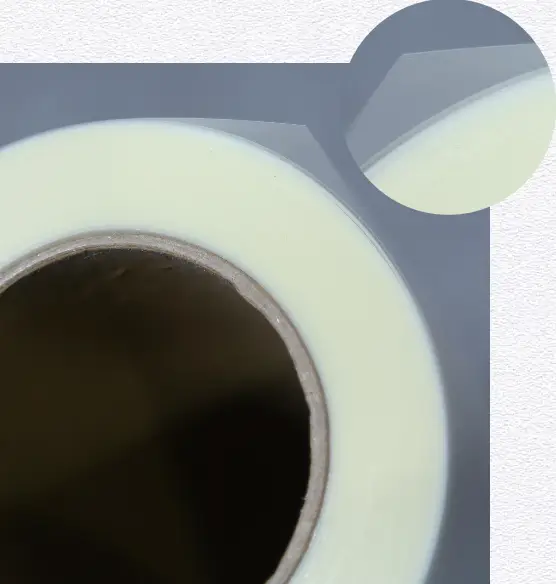
The Ink Receptive Layer
This layer is crucial for high-quality images. It accepts digital printing ink, resulting in sharp, vibrant, and non-smudging prints.
It contains compounds that promote ink adhesion for excellent print quality.
Before applying this layer, the DTF Film's surface is carefully cleaned to ensure an even and complete coating.
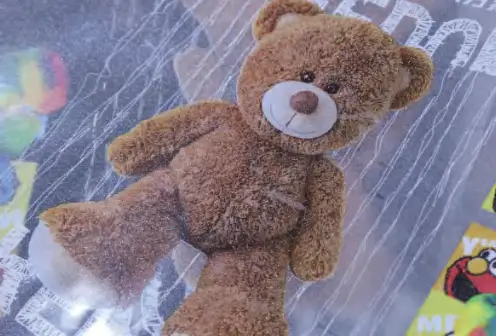
Types of DTF Transfer Film and Common Terms Explained
LINKO provides clear, easy-to-understand explanations of industry terms related to DTF Film. Examples include hot peel film, instant peel film, and more.
1. Categorized by PET Film Coating:
Single-sided coating:
This refers to a DTF film. One side has a coating that can absorb ink (the printable). The other side is smooth and without any coating. It's commonly known as 'single-sided DTF film.'
Double-sided coating:
One side has an ink-receptive coating (printable surface). The other side has a matte finish. This is known as "double-sided film."
However, whether it is single-sided or double-sided DTF film, only one side is printable.

So, How Should We Go About Selecting?
Single-sided DTF film:
- More Affordable: Single-sided DTF film is relatively less expensive due to one less coating process. It's recommended for customers with high-quality printers, offering a cost-effective solution.
- High Transparency: This film lets you clearly see the printed colors. Great for those who mainly print and sell semi-finished heat transfer DTF films without transferring the designs onto fabric. Using single-sided DTF film can boost the color experience for your customers. This could lead to more sales.
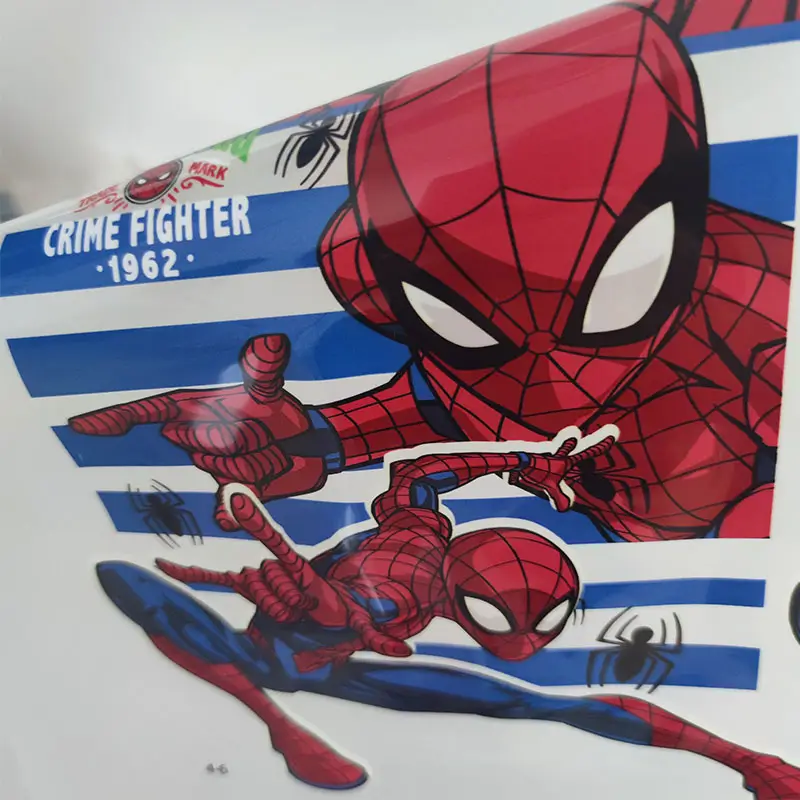
Double-sided DTF film:
- This type is priced slightly higher because of the added matte coating. Ideal for printers that may not be the most advanced or for high-speed printers (like 4-head DTF printers such as B8048, S6048, S13048 etc.). It can effectively make up for any shortcomings in printer precision to a certain extent.
- The extra matte coating on double-sided DTF film adds friction between the film and the printer. This ensures the printing alignment is spot-on and precise.
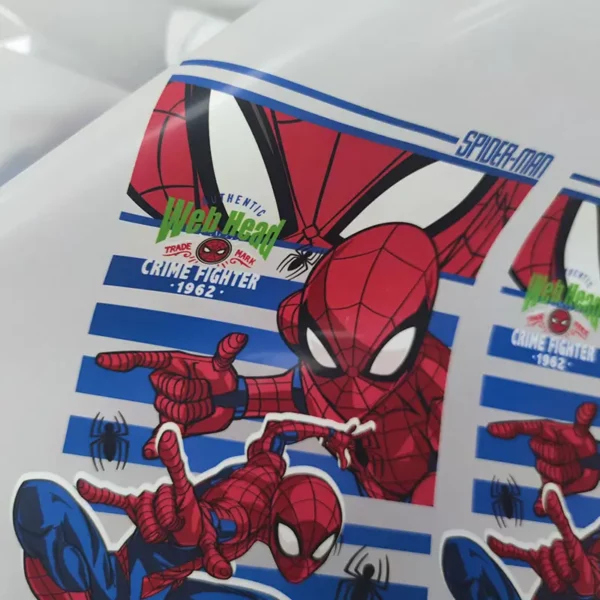
2. Categorized by Temperature-Dependent Peel Time:
Cold Peel DTF Film:
This type requires the fabric to cool down to room temperature after being heat-pressed at a high temperature before removing the film.
⭐It's known for its top-notch, consistent quality and is also the best-selling type. If high-speed production isn't your main concern, this film should be your go-to choice.
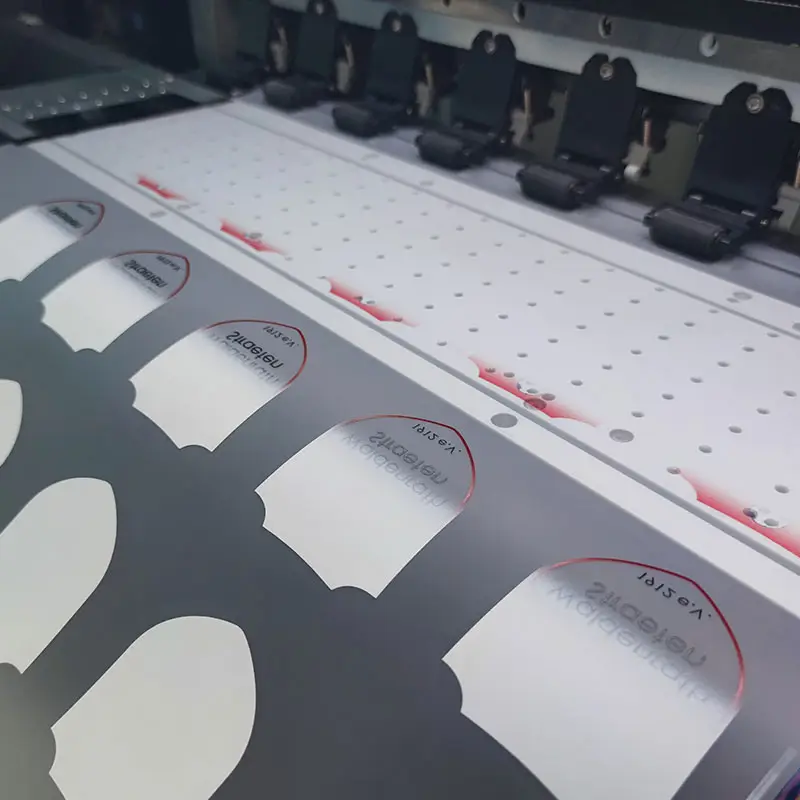
Warm Peel DTF Film:
Warm Peel DTF Film: With this type, after heat pressing, you need to wait for about 5-8 seconds before peeling off the film at a warm temperature. It can also be removed once it has cooled down.
⭐Warm peel film is a middle ground between cold peel and hot peel DTF films and is not as commonly found in the market.
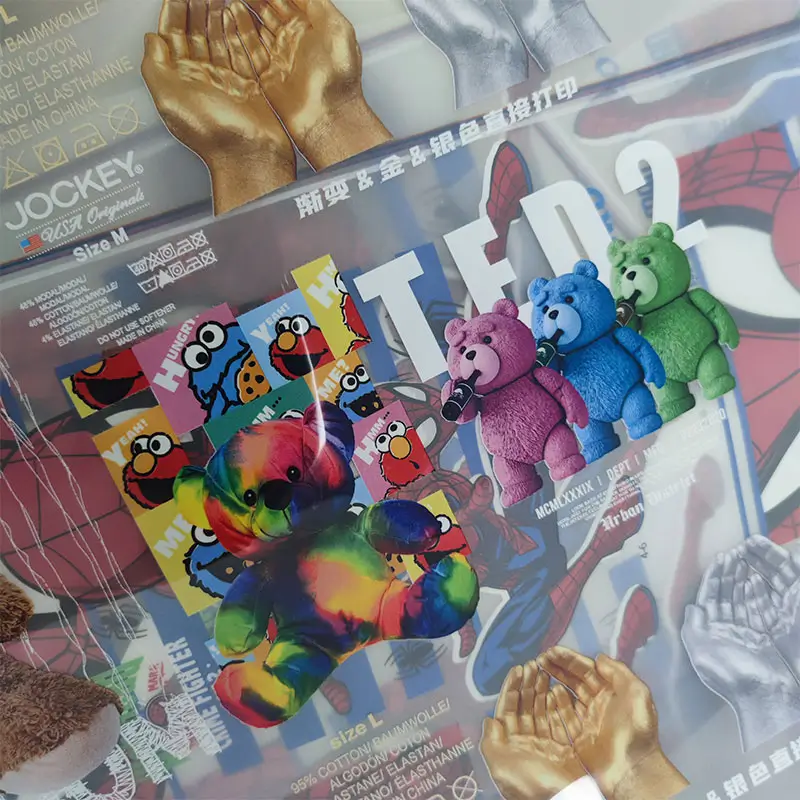
Hot Peel DTF Film:
⭐ The time it takes to peel off the film is affected by the type and quality of DTF powder, as well as the type of fabric. Different types of hot-melt powder have different melting points and crystallization temperatures. For instance, LINKO DTF Powder type #181 has a crystallization temperature below 115 degrees Celsius. This powder is suitable for most fabrics and allows for 3-5 seconds peeling.
⭐ The material of the fabric also influences the peeling time. For example, summer fabrics or fabrics with moderate thickness can typically be peeled within 3-5 seconds. However, thicker fabrics or those with larger pores may need different heat press settings. These settings ensure the hot melt powder fully bonds with the fabric. These fabrics take longer to cool. So, the hot-melt powder takes longer to reach its crystallization temperature. This may extend the peeling time to 5-8 seconds.
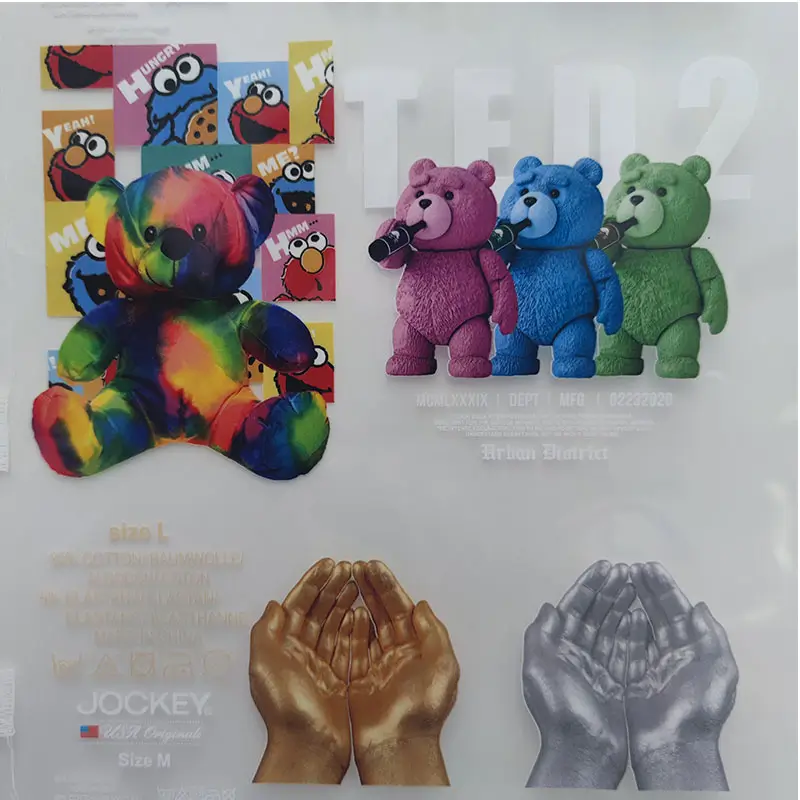
Instant Peel DTF Film:
This type can be peeled off at any time, providing the utmost convenience.
⭐ Right Currently, the Instant Peel Films technology isn't fully perfected. This is mainly because their release layer uses wax, which is very unstable. Wax has to melt at high temperatures and then solidify instantly. In theory, solidifying takes time, which doesn't match the needs of Instant Peel Films, leading to their unpredictable quality. Many products marketed as Instant Peel Films are hot peel films.
⭐ Additionally, Instant Peel Films have strict transport, storage, and use requirements. Many factors can affect their quality. Even though Instant Peel Films sound very appealing, if you need high-quality products, it's better not to use them in large quantities for now.
3. Categorized by Release Layer Material

Oil-Based Release Layer:
This type has higher manufacturing costs, but the production process is stable.
The ink-absorbing layer in oil-based films is resistant to scratches and less prone to damage in high-temperature and high-humidity conditions.
Overall, oil-based release layer DTF films boast greater quality stability.
Water-Based Release Layer:
More environmentally friendly and cost-effective than oil-based films, but its quality stability might be somewhat weaker.
The ink-absorbing layer in water-based films is more susceptible to scratches, necessitating higher packaging standards to prevent issues like scratches and damage to the ink-absorbing layer.
4. Categorized by the Surface Effect of the Transferred Pattern:
Matte Finish:
This gives the transferred image a low gloss, resulting in a smooth, understated look. It offers a distinctive texture and a more subdued visual effect.
Glossy Finish:
This finish adds extra shine and vibrancy to the transferred image. The colors in the pattern appear brighter and more intense, boosting the overall visual appeal.
5. Categorized by Base Film Thickness:
50um Thickness:
It is more likely to crease and have lower quality. They are cheaper, but their overall performance may not be satisfactory.
75um Thickness:
This is the standard thickness for DTF Film. It strikes a nice balance between cost and quality, providing good results for most printing needs.
100um Thickness:
Ideal for enhanced printing outcomes. However, they're pricier and may not be the most cost-effective option. These thicker films are often tailored for specific needs.

How To Use DTF Transfer Film?
How to use DTF Film Effectively?
To get the best DTF (direct-to-film) prints, focus on the details and aim for top quality. LINKO recommends these expert tips on how to store and use DTF Film, and what things might affect how well it works.
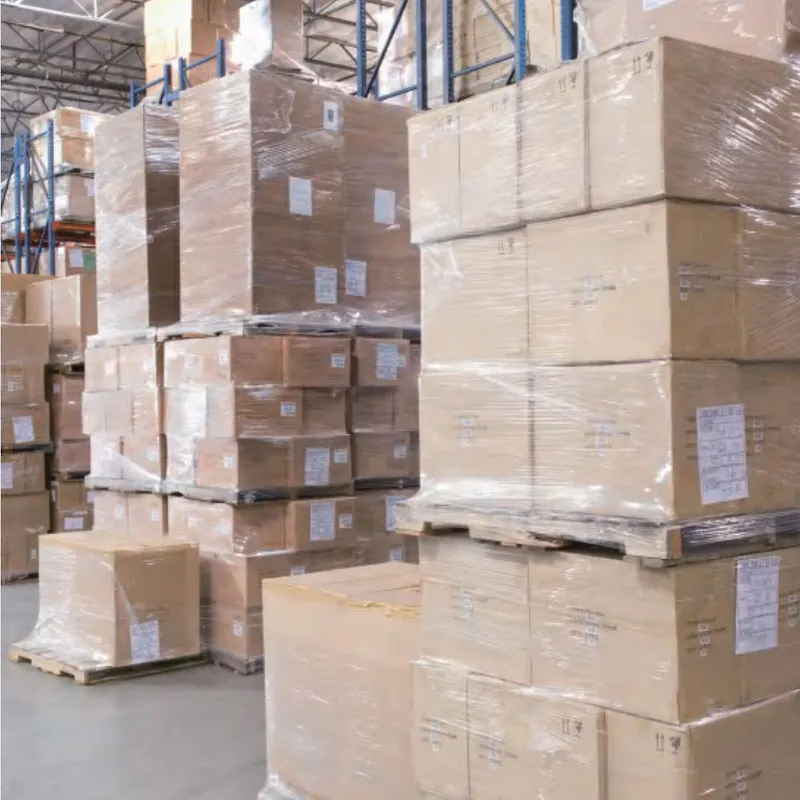
Where to Store and Print
Keep your DTF Film in a dry and cool place, away from big changes in temperature. The best spot is where the humidity is between 40% and 60%, and the temperature stays between 68°F and 79°F (20°C and 26°C)
Storing in Extreme Conditions
If you're in a really hot and humid or cold and dry place, store the film in an air-conditioned room. This helps stop the film coating from getting damaged.
After Shipping by Sea
DTF Film can get damp if it's been on a long sea journey. To ensure it's in the best shape for printing, put it in an air-conditioned room for 3-7 days.
Handling the DTF Film
Be careful not to scratch or rough up the film. And if you see any damage to the packaging when you get it, tell the seller right away and don't accept the delivery.
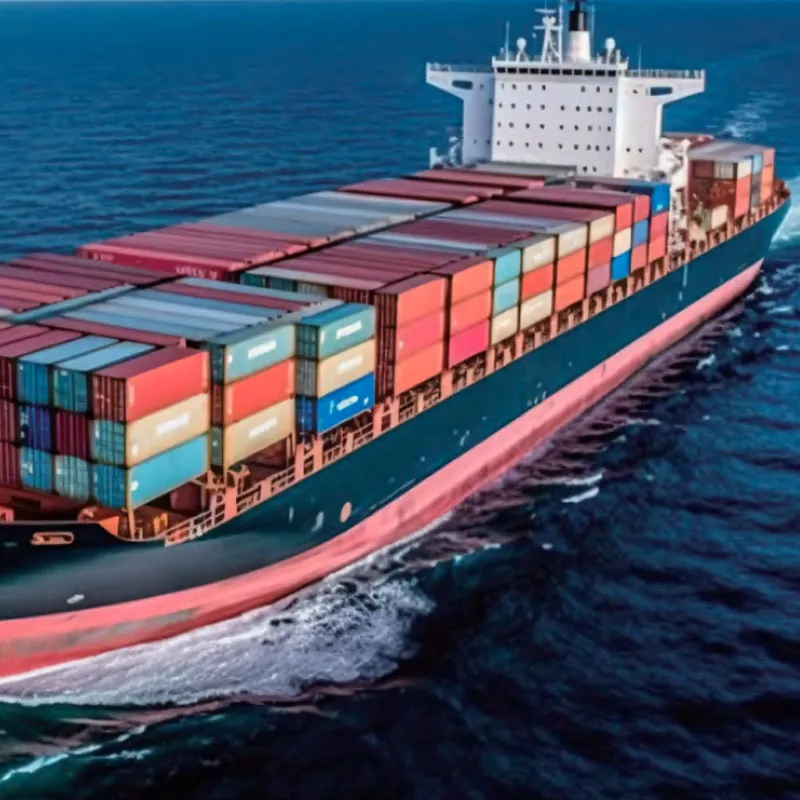
PET Film vs. Paper: Why PET Wins for DTF Film Bases?
- DTF Film, made of water-resistant PET, is designed not to absorb moisture. This resilience helps protect its ink-absorbing layer from damage. It does this, especially in hot and humid conditions. This happens during transportation or storage.
- PET film stands out with its exceptional transparency. It enhances the display of detailed patterns and vibrant colors. This clear quality also aids in spotting any issues quickly during printing, helping to minimize material waste. Overall, this makes PET a superior choice over paper.
In the market, oil-based release layer DTF films are preferred for their superior performance. Cold-peel DTF Films can use water-based or oil-based layers. But hot-peel and instant-peel DTF Films are best with oil-based layers.
What Affects The Print Quality of DTF Transfer Films?
A bunch of things can change how your prints turn out. These include the printer's quality, the type and compatibility of the ink you use, the RIP software you choose, how skilled the engineer is at making ICC profiles, and how good they are at processing images.
To get the best prints possible, keep these points in mind:
1. Key to Great Prints: Choosing Your DTF Printer
Choose Precision and Reliability:
Go for a printer that's accurate and trustworthy. The right printer produces perfect colors and clear images without frequent breakdowns. A high-quality printer also means you'll waste less DTF film and boost your production efficiency.
The Right Brand Equals Better Support:
Pick a brand known for reliable, long-term technical support. That way, you get quick assistance and repairs, ensuring continuous, high-quality printing.
For top-notch DTF film printing:
Select a brand that excels in both printing quality and strong support. This ensures efficiency and consistency in your work.
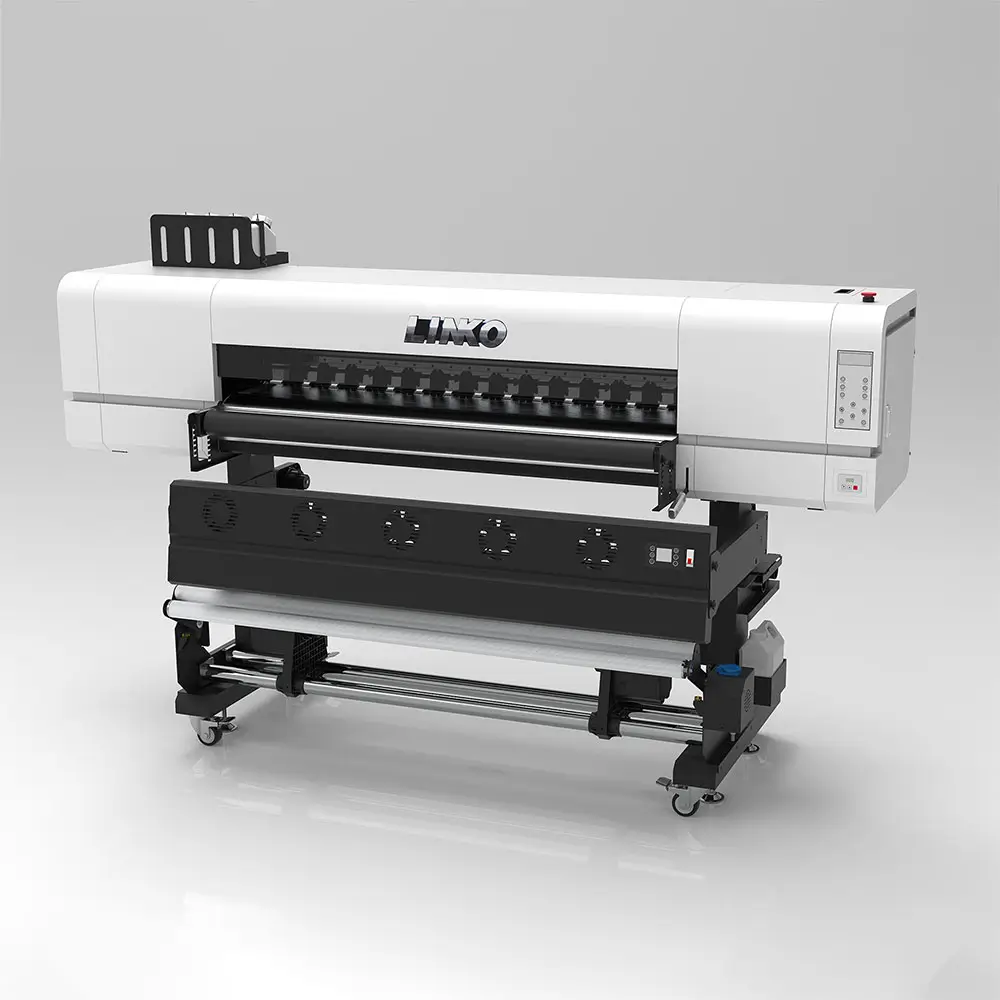
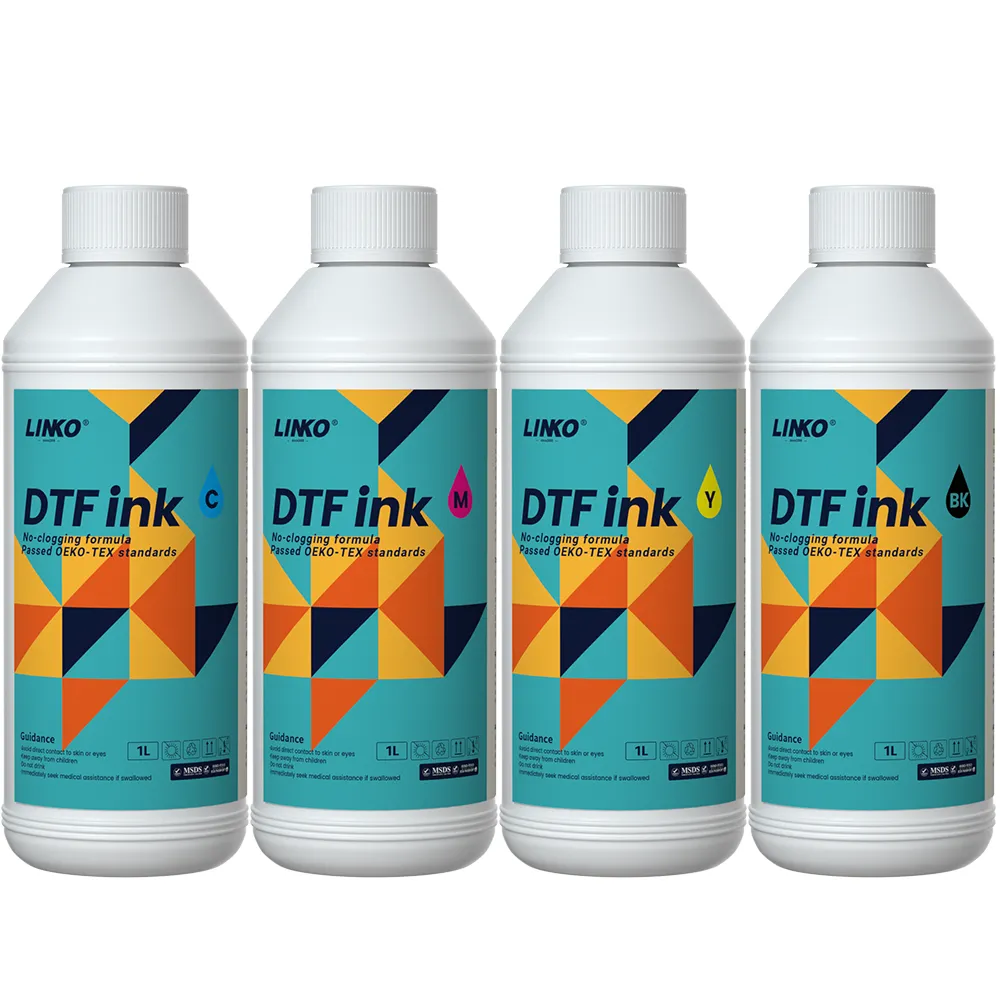
2. Ink Quality: The Heart of DTF Print Excellence
High-Quality Ink for Better Prints:
The ink you use makes a big difference. Good ink means clear, bright prints. Cheap ink? That could lead to blurry pictures, weird colors, or uneven printing.
Ink and Film Need to Work Together:
It's super important that the ink sticks well to the DTF film and blends nicely with the layer that absorbs ink. This combo is what makes the colors and patterns look just right. So, choosing top-notch DTF film that the ink can stick to is crucial for awesome print quality.
Partner with the Right Suppliers:
Consistent film quality is a must, and that means working with suppliers who have the latest production gear. They should do a lot of quality checks to keep their products up to par. In the DTF film world, a defect rate of 1-1.5% is usually okay by industry standards.
3. Selecting the Right RIP Software for Top DTF Results:
Why RIP Software Matters:
Picking the right RIP (Raster Image Processor) software is super important for getting high-quality prints. LINKO suggests going with Print Factory. It's a popular choice and has lots of positive feedback from people who use it. Plus, it's made with input from users all around the world.
What Print Factory Offers:
This software is a real powerhouse when it comes to processing images. It gets your image files ready for printing fast, lets you make adjustments, and sees a preview before you print. This means you can tweak things to get them just right.
Flexible and User-Friendly:
Print Factory also gives you a bunch of color options to fit all sorts of printing needs. Its interface is easy to use and comes in many languages. That means people from different places can use it in the language they're most comfortable with, making the whole printing process smoother and more user-friendly.
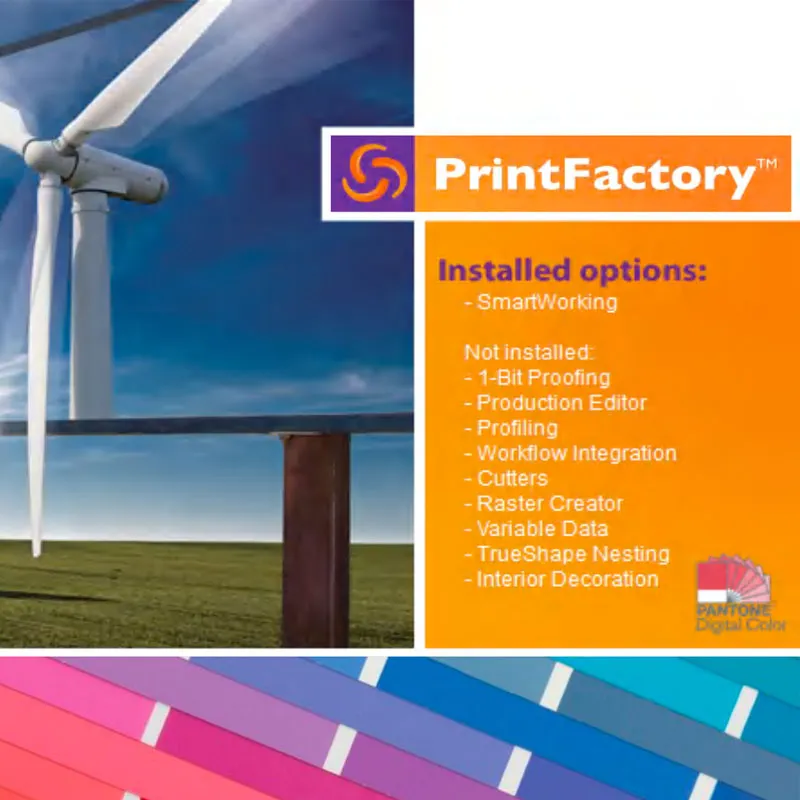

4. ICC Profiles: Boosting Your DTF Print Quality
- In DTF film printing, picking the correct ICC profile is key. It's what sets the printer's color right and makes sure the original image looks as it should. If you use the wrong ICC profile, your colors might not match the original design, and you could see color shifts, distortions, and other issues. These problems can mess with the image quality, how well you see the details, and even how long the print lasts.
- Making ICC profiles is a job for pros and needs special tools for color calibration. Don't worry, though – LINKO offers professional services to help you out. We'll make sure you choose and use the right ICC profiles. So you get the best printing results.
5. Finding Your Ideal DTF Powder Shaking Machine:
- Why the Right Machine Matters: To get top-notch heat transfer prints, it's crucial to have a good powder-shaking machine. A well-made machine stops problems like poor printing results, incomplete curing, and leftover oil. It should mix ink and powder just right, making patterns that are both durable and vivid.
- What LINKO Offers: LINKO focuses on making machines that are versatile and easy to adjust. Their advanced curing method helps get rid of water and oil, melts the powder smoothly, and keeps things steady even with temperature changes. This means the film comes out without any oily leftovers, making it flexible, smooth, and dry – perfect for awesome heat transfer printing.
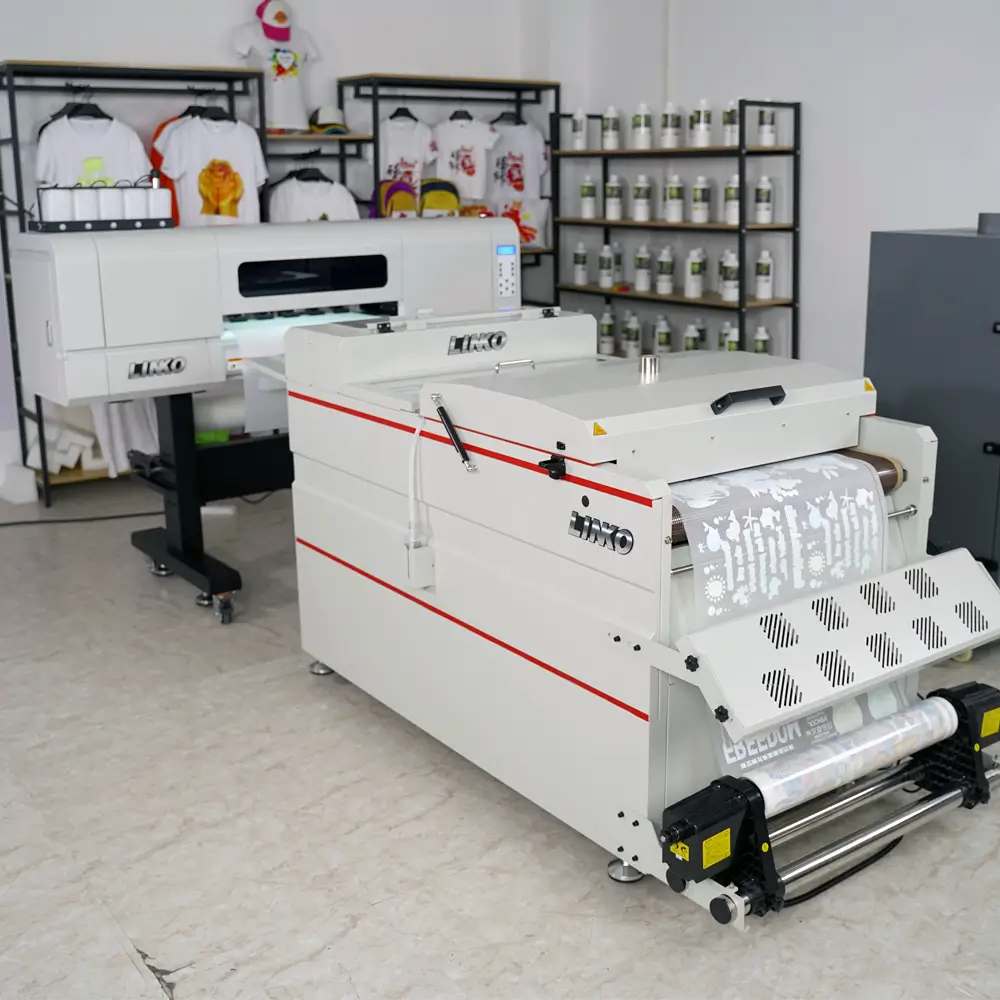
Contact a Linko DTF Printing Expert
Stick to the right guidelines and pick the best gear and materials, and you'll get best DTF film prints.






